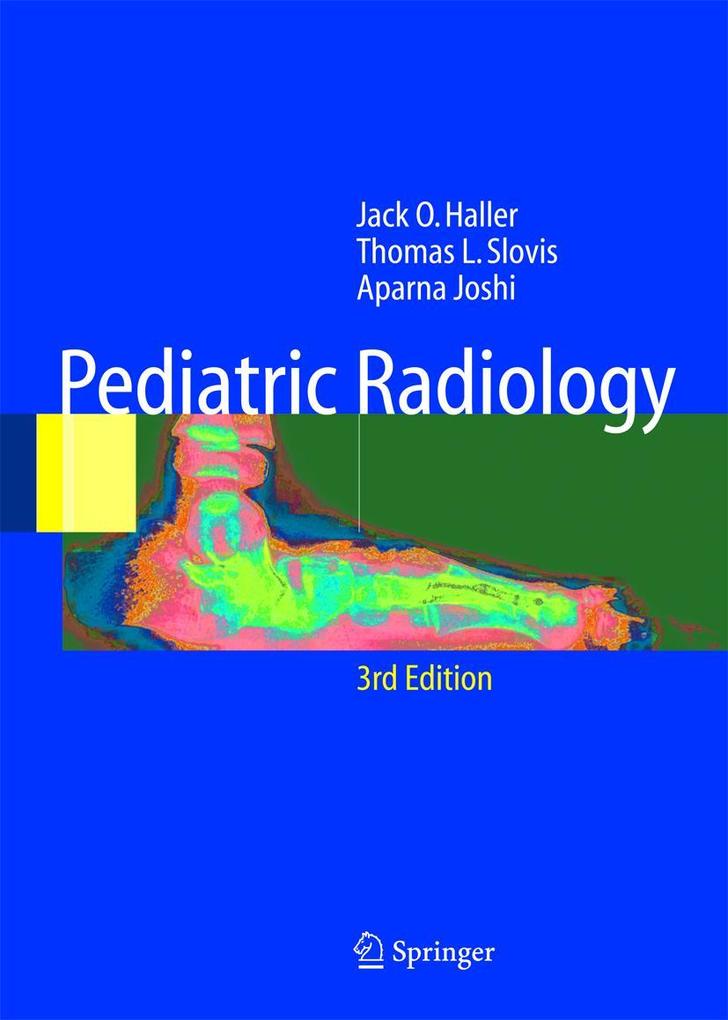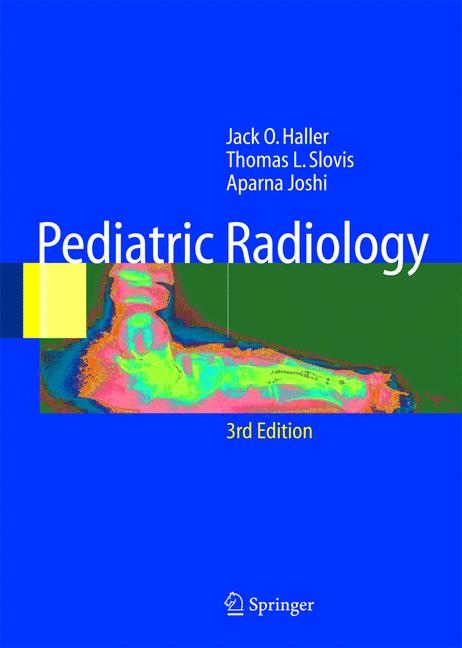
Zustellung: Mi, 16.07. - Sa, 19.07.
Versand in 7 Tagen
Versandkostenfreia b Fig. 3.50. A child with acute onset of respiratory distress.(See Appendix 2) a b Fig. 3.51. Chronic lung disease.(See Appendix 2) way to read systematically is to evaluate the tech- and diaphragm). Now evaluate Figs.3.50 3.52.- nical factors of lung volume, patient position, and proach each one systematically and describe the - the way the ?lm was exposed. Use the radiologist s normalities you see. The answers are in the App- circle and ABCS: A=abdomen, B=bones, S=soft dix 2. tissue, and C=chest (airway, mediastinum, lungs, 03_Haller_Chest 22.10.2004 13:06 Uhr Seite 62 62 3 Chest Examinations in Children a b c d Fig. 3.52. A child with wheezing.(See Appendix 2) 3. Webb WR, Mueller NL, Naidich DP (1996) High-resolu- References and Further Reading tion CT of the lung,2nd edn.Lippincott-Raven,New York 4. Kuhn JP,Slovis TL,Haller JO (eds) (2003) Caffey s pedi- 1. Slovis TL, Haller JO, Berdon WE, Baker DH, Joseph PM atric diagnostic imaging,10th edn.Mosby,Philadelphia (1979) Noninvasive visualization of the pediatric airway.
Inhaltsverzeichnis
Diagnostic Medical Imaging: How, Why, and When. - Understanding Radiation and Its Effect on Children. - Chest Examinations in Children. - The Chest in the Neonate and Young Infant. - Abdominal Imaging. - Abdominal and Pelvic Masses. - Skeleton. - Central Nervous System. - Special Procedures.
Produktdetails
Erscheinungsdatum
15. November 2004
Sprache
englisch
Auflage
Third Edition 2005
Seitenanzahl
308
Autor/Autorin
Jack O. Haller, Aparna Joshi, T. L. Slovis
Verlag/Hersteller
Produktart
gebunden
Abbildungen
XIII, 291 p. 821 illus., 2 illus. in color.
Gewicht
942 g
Größe (L/B/H)
266/198/24 mm
ISBN
9783540213543
Entdecken Sie mehr
Bewertungen
0 Bewertungen
Es wurden noch keine Bewertungen abgegeben. Schreiben Sie die erste Bewertung zu "Pediatric Radiology" und helfen Sie damit anderen bei der Kaufentscheidung.








